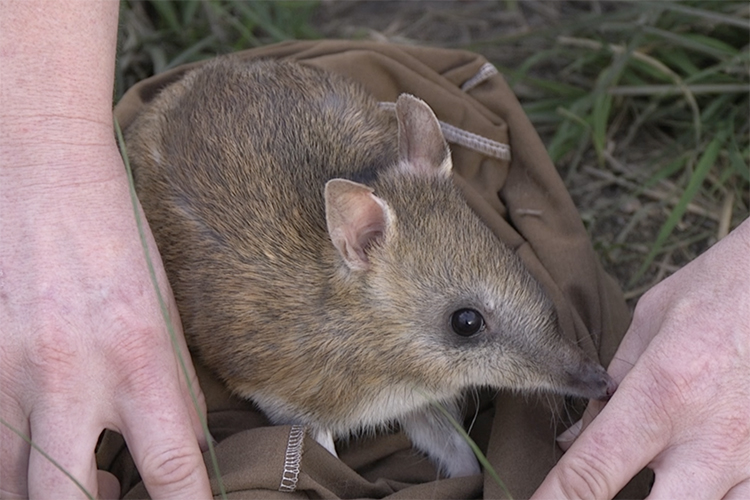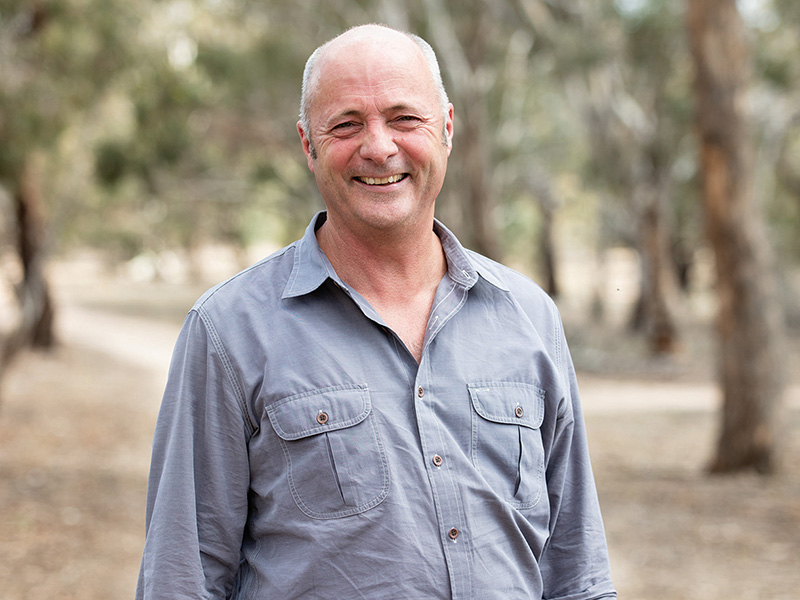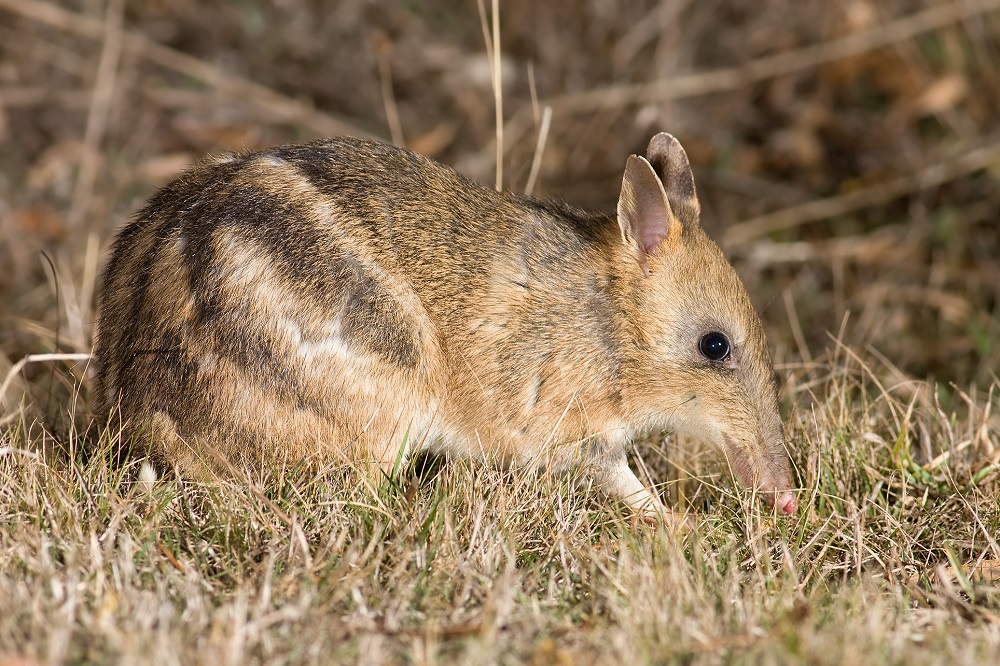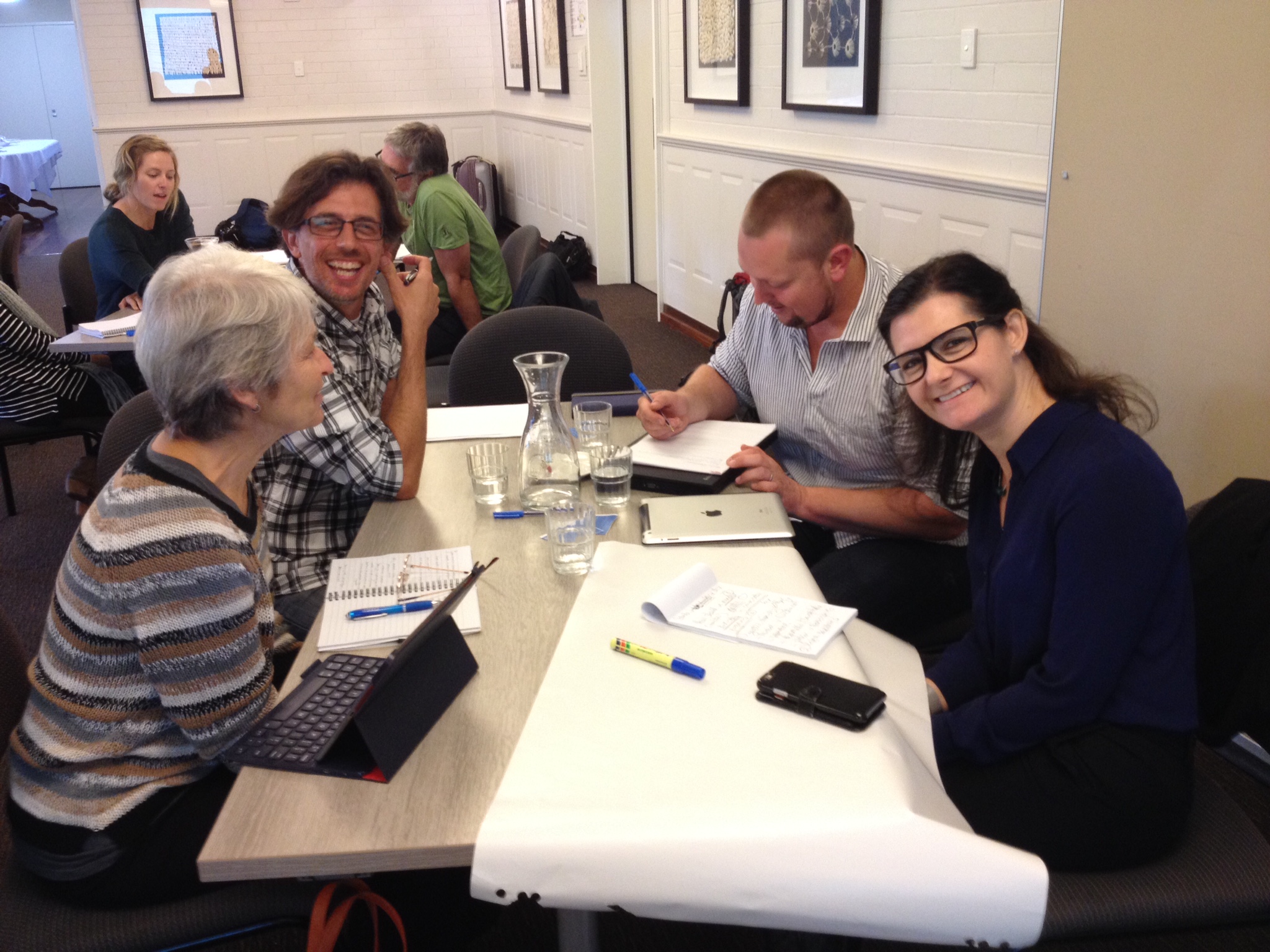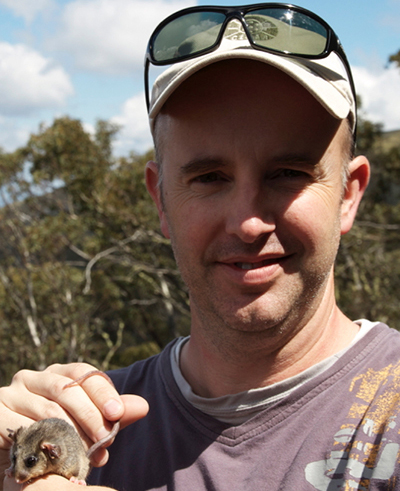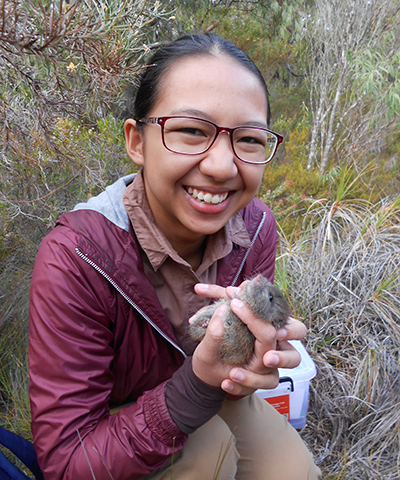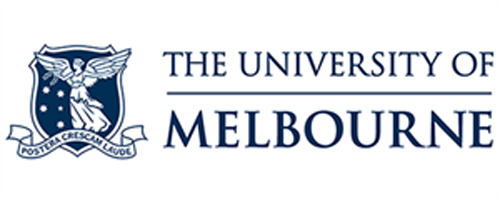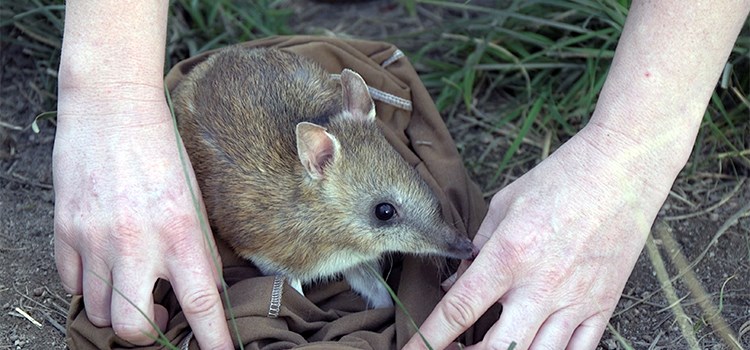
Project: 4.1.6.3
Genetic rescue of mountain pygmy possums and eastern barred bandicoots: Understanding the genomic consequences of genetic rescue
Project Leaders: Andrew Weeks , Ary Hoffmann
Research in Brief
Genetic rescue strategies are becoming more important in many threatened species conservation programs. However, an understanding of genomic consequences of a genetic rescue is currently lacking.
In this project we will dissect the genomics of genetic rescue in two Australian threatened species, the mountain pygmy-possum and the Victorian eastern barred bandicoot.
Why is the research needed?
Fragmentation of populations is at its highest level ever for many species, and these populations are therefore prone to the erosion of genetic diversity through random genetic drift. Studies have shown that rapid reductions in genetic diversity increase the risk of extinction. Many threatened species (and populations) now lack the genetic diversity required to adapt to rapid environmental change and other pressures.
Genetic rescue involves moving healthy individuals from a source population into a small inbred recipient population with the expectation that this will result in an increase in fitness and adaptive potential. Despite the potential for broad applicability in threatened species programs, genetic rescue has rarely been used to recover populations in Australia and this is largely due to a lack of case studies that provide confidence in the method as well as guidelines for implementation.
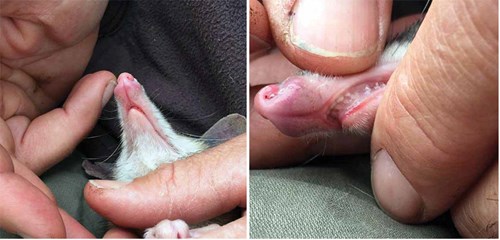
Prior to the genetic rescue program for the eastern barred bandicoot inbreeding and a lack of genetic diversity in the population had led to reduced health and breeding success and genetic issues such as jaw deformities. Photo: Andrew Weeks
How will the research help?
While genetic translocations have been proposed as a powerful approach to species conservation, particularly in the face of climate change, few studies have actually been undertaken worldwide on threatened species due to perceived risks (e.g., outbreeding depression, disrupting local adaptation).
Our recent results in mountain pygmy possums highlight the potential of genetic rescue, but a thorough evaluation of both the genetic and phenotypic consequences is needed in multiple species to test the scientific validity of this method. This project will provide data to rigorously evaluate benefits of genetic rescue for threatened species and understand the genetic changes involved.
The project will also result in guidelines being developed for genetic strategies in conservation programs.
What research activities are being undertaken?
In this project we aim to further test (and dissect) the benefits of the genetic rescue strategy and therefore determine the general applicability of this strategy for other threatened species.
We will do this by:
- extending the approach to another small mammal species, the Critically Endangered Victorian eastern barred bandicoot (by crossing with Tasmanian eastern barred bandicoots); and
- for the mountain pygmy-possum, using next generation sequencing to disentangle the fitness effects of gene pool mixing and test for local adaptation in the Mt Buller population.
The project is particularly critical and timely for the Victorian eastern barred bandicoot as a number of new release sites will become available over the next two years, and founding the sites with animals that are genetically variable and fit will ensure longer-term success. More generally, the project will provide guidelines for when genetic mixing is likely to be of most benefit.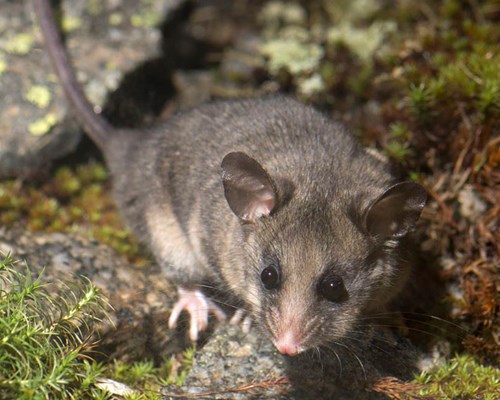
Mountain pygmy possum. Photo: Tim Bawden
Who is involved?
The project is being led by researchers from The University of Melbourne in collaboration with Mt Rothwell and Mt Buller and Mt Stirling RMB, and receives support from the Australian Research Council, the Victorian Department of Environment, Land, Water and Planning, the Douglas Family, Zoos Victoria, Funder@Melbourne for crowdfunding and Mt Buller & Mt Stirling RMB.
Where is the research happening?
The project is underway at The University of Melbourne, with the eastern barred bandicoot breeding program taking place in the conservation reserve at Mt Rothwell, Victoria. Researchers travelled to Tasmania to collect eastern barred bandicoots from the wild as part of the program. Outbred individuals of the eastern barred bandicoot will eventually be released at several conservation reserves in Victoria as well as Phillip and French Islands off the Victorian coast.
When is the research happening?
The project has been running since 2017 and will continue until the end of 2020.
Further information
For more information please contact:
Andrew Weeks - aweeks@unimelb.edu.au
Top image: Eastern barred bandicoot. Photo: Nicolas Rakotopare
